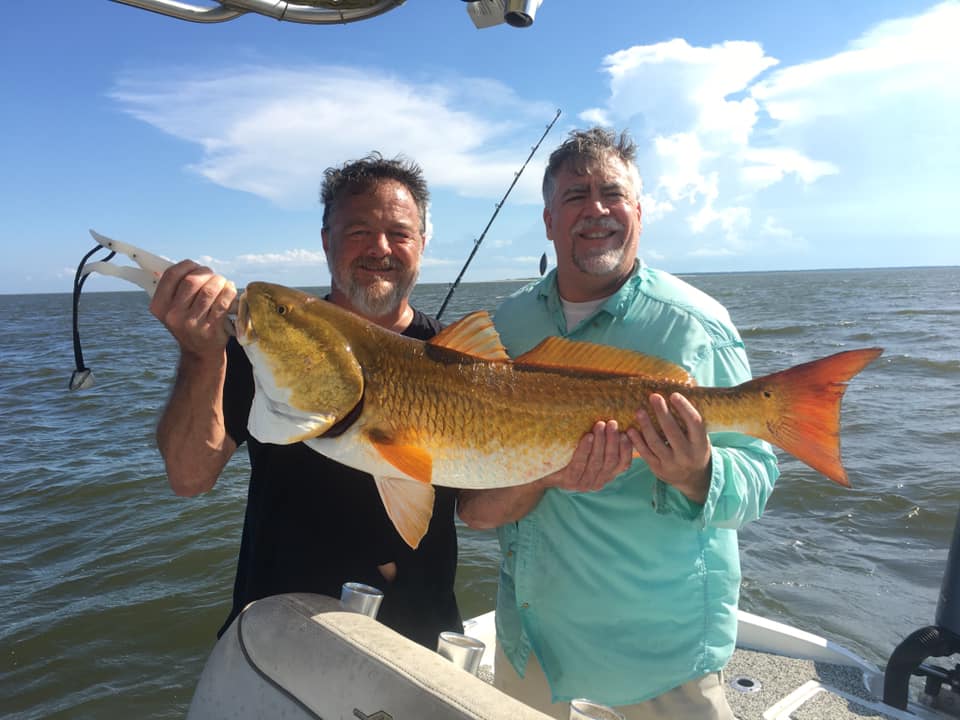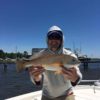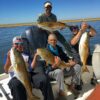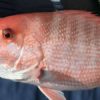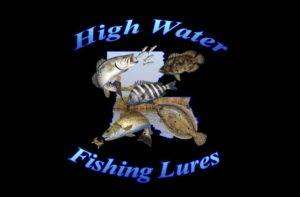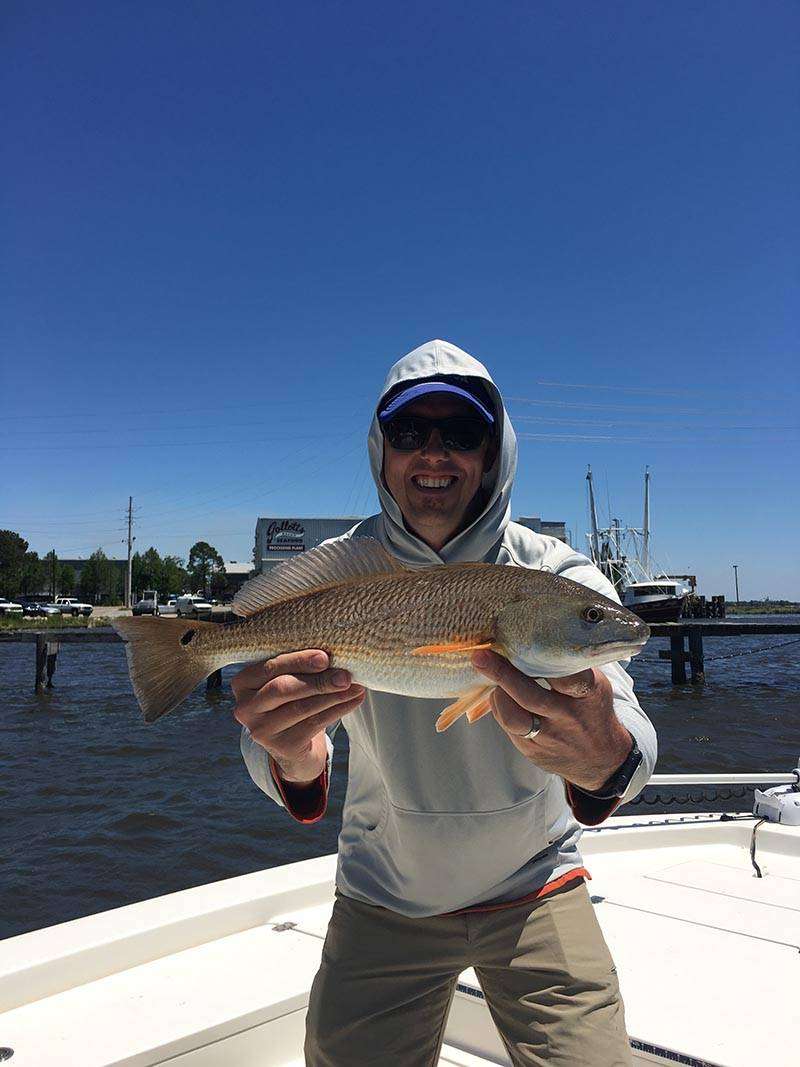
Last Updated on October 30, 2025 by Eric Bonneman
The Biloxi Marsh sits where Louisiana’s coastal wetlands meet the open Gulf, a maze of bayous, ponds, and grass-lined islands that hosts some of the richest inshore fisheries in the country. In winter, this landscape shifts from an easy summer playground to a far more nuanced environment. Cold water, dropping tides, and bait migrations shape how fishermen approach the marsh and what they can expect once they arrive.
How Cold Water Changes the Marsh
As water temperatures sink into the lower fifties, the entire system begins to slow. The smaller ponds and shallows that were alive with movement in the warmer months start to empty out as fish slide toward deeper channels and bayous. Speckled trout, sensitive to sudden cold, gather in these deeper pockets, while redfish remain more comfortable in cooler conditions but still adjust to follow available forage.
Wind becomes a stronger player in winter. Strong north winds and frequent cold fronts pull water out of the marsh, leaving exposed mudflats and muddy shallows. These changes can make fishing inconsistent from day to day, but they also reveal patterns for those who understand how to read the marsh. Areas that stay clear and maintain moderate depth often hold the most consistent bite throughout the coldest weeks.
What the Fish Are Doing
Redfish
Winter belongs to the redfish. They thrive in the Biloxi Marsh when most other species slow down. As the temperature drops, large schools of reds gather in deeper channels, current breaks, and edges where the sun warms the flats through the day. Sight fishing remains possible on clear afternoons, but a patient approach and subtle presentation make all the difference. Soft plastics, slow-jigged shrimp imitations, and live bait under a cork are all proven tools.
Speckled Trout
Speckled trout become more selective as temperatures fall. Their metabolism slows, feeding windows shrink, and anglers must fish deliberately to draw a strike. Most trout action concentrates in the deeper cuts and bayous that maintain stable salinity. Early winter still offers steady trout fishing, but as January approaches, many guides shift attention back to reds until the water begins to warm.
Other Cold-Season Targets
Sheepshead, black drum, and flounder all remain active in winter. These species tend to hold tight to structure or deeper shell bottoms, feeding on crustaceans and slow-moving bait. While they may not deliver the speed of a redfish, they keep rods bent on chilly days and reward anyone who stays persistent.
Winter Habitat Patterns
The marsh changes character when the air cools. Shrimp and crabs vanish from the surface, and schools of mullet become the most important forage left in the system. Finding mullet is often the key to finding reds. Pelicans diving, bait dimpling, or even a single ripple across a calm pond can reveal where fish are active.
Deeper bayous serve as winter refuges for most gamefish. These areas offer more consistent temperatures and oxygen levels, creating microclimates of life even in cold conditions. Fish often travel back and forth between deep holes and nearby sunlit edges as the day progresses. Understanding these movements allows fishermen to intercept them at the right time of day rather than relying on chance.
Tactics for Cold-Season Success
Winter fishing in the Biloxi Marsh favors deliberate, quiet anglers. Success depends on patience, subtle presentation, and awareness of the environment. Key approaches include:
- Slowing the retrieve and letting lures drag or hop along the bottom.
- Fishing later in the morning or early afternoon after the sun has warmed the water.
- Choosing natural lure colors that match winter baitfish tones.
- Targeting wind-protected banks, channels, or structure after cold fronts.
- Keeping noise to a minimum and approaching fish slowly to avoid spooking them.
The pace of winter fishing rewards observation over speed. Every bite feels intentional, and every catch confirms the importance of reading the marsh rather than fighting it.
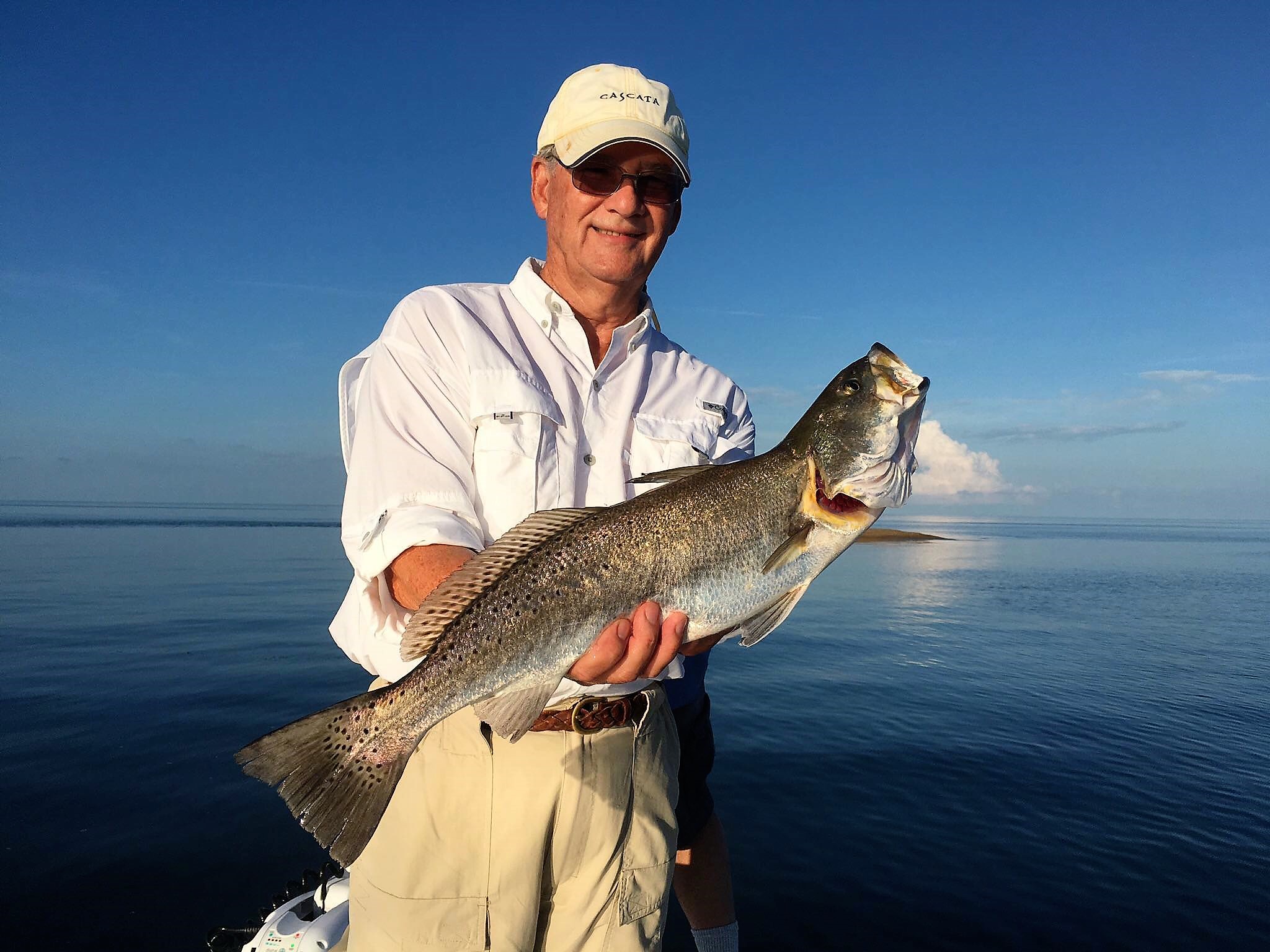 Month-by-Month Expectations
Month-by-Month Expectations
November
Cooling water begins to concentrate fish, and both redfish and trout remain aggressive. Outer marsh areas and deeper ponds provide steady action for fishermen who adjust to slower retrieves.
December
Cold fronts grow stronger, pushing fish deeper into protected areas. Redfish become the dominant species while trout fishing remains possible in select bayous and passes.
January
This month marks the coldest stretch of the year. Reds continue to bite in deep, slow-moving water, but trout activity falls sharply. The marsh feels quiet, yet the fish that remain are heavy and strong.
February
Warming trends begin to stir life again. Redfish respond quickly to longer, sunnier days, and the marsh starts to transition toward spring behavior. The rhythm of the tide slowly resets.
Practical Considerations for Winter
Winter trips through the Biloxi Marsh demand flexibility. Weather conditions change quickly, and wind direction can determine whether a pond remains fishable or inaccessible. Local knowledge becomes crucial, as guides adjust routes and targets to match tide stages and shelter from wind.
Gear also plays a role in comfort and success. Warm, layered clothing is essential, along with waterproof protection against spray during long runs across open water. Winter fishing does not mean rough fishing, but it requires preparation. The advantage of this season is solitude. With summer crowds long gone, the marsh belongs to those who appreciate the quiet and the rhythm of a slower tide.
Ecologically, this is also an important season. Salinity shifts, vegetation loss, and habitat transitions affect fish distribution, and understanding these factors ensures sustainable success. Observing changes in grass growth, oyster beds, and sediment color helps identify productive areas and maintain awareness of a living, evolving ecosystem.
The Legends of the Lower Marsh Experience
Winter in the Biloxi Marsh is a study in patience and reward. The water is calm, the air clear, and the fish that remain are strong and deliberate. While the bite may slow compared to summer, every strike feels earned, and every redfish carries the weight of a season endured. It is a quieter form of fishing, one that values precision over volume and rewards those who understand the subtleties of tide and temperature.
The team at Legends of the Lower Marsh knows these waters intimately. They understand how winter reshapes the marsh and where the reds hold when the cold sets in. For those ready to experience the winter side of coastal Louisiana, step aboard with Legends of the Lower Marsh and book a trip with us to explore a season that reveals the marsh at its most raw and beautiful.

